Khammam Fort – a famous historical place to visit in 2022
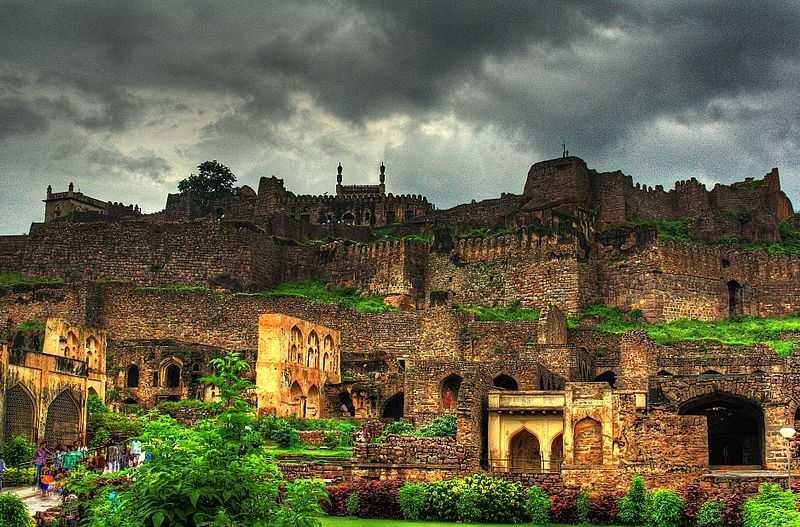
Khammam, one of Telangana’s important districts, is located about 193 kilometers east of Hyderabad. The district is well-known for its coal reserves in Telangana’s Singareni region. The picturesque town thrives on the banks of the Munneru River, a tributary of the mighty Krishna. This city is also significant in the history of the state. There are numerous significant places to visit in the city. The well-known Khammam Fort is one such location. The fort is historically significant not only for Khammam.
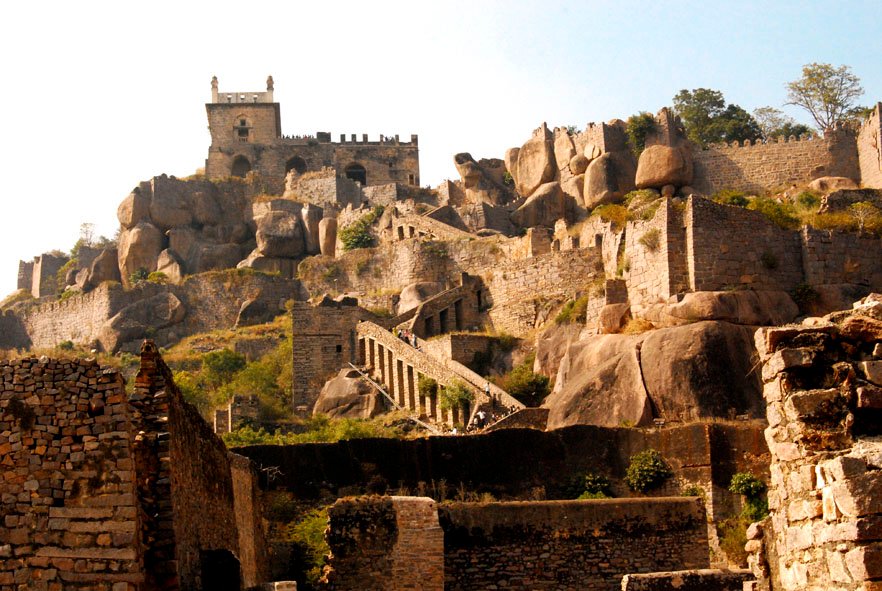
The majestic citadel stands because of the satisfaction of us beyond glories atop a hill. it’s far a beautifully woven flag of prosperity and is a true example of each bravery and a perfect mixture of numerous sorts of structure. This unique marriage of various architectures stems from the truth the Khammam fortress became built by means of rulers of various religions at numerous instances. The castle became built in the 950s using the glorious Kakatiya rulers. The kings Velama and Musunuri Nayak were additionally concerned about their creation. Later in 1531, the Qutub Shahi kings advanced on the Khammam fortress.
Construction
Musunuri Nayaks constructed the Khammam Fort. Several inscriptions have been discovered in the Musunuri Nayaks’ Khammam and Krishna districts. Musunuri Nayaks gradually established Khammam as an independent territory within the kingdom of Kakatiya. Under the leadership of Musunuri Nayaks, 75 Telugu-speaking feudatories in the region fought for 10 years to unify Telugu land and were successful in driving the Delhi Sultanate forces led by Malik Maqbul (Khan-e-Jahan Tilangani) out of their country.
Culture
This fort appears to reflect the cultures of the Hindu and Muslim rulers who ruled over this fort city.
The Lakshmi Narasimha Swami temple in Brahmin bazar, Sri Ramalingeshwara temple is one of the oldest shivalayam (Shiva temple) in Telangana, and is older than the fort itself.
Many new places of worship, such as the Khilla masjid, were built in and around the fort during the Qutb shahi dynasty.
Architecture & Significant Features
This Fort is situated on a massive granite hill in the heart of Khammam and covers an area of 4 square miles. It is surrounded by a massive rock wall that ranges in height from 40 to 80 feet (13 to 25 meters) and width from 15 to 20 feet (4.5 to 6 meters). To enter the fort, there are steps from each buruju (bastion). Invading armies thought the Fort was practically impregnable.
In order to use the artillery during the war, a number of balconies and windows are built along the wall. It can mount at least 60 cannons at the same time.
The fort has ten large gates, the majority of which are in disrepair. Each gate is equipped with cannons and a rock-made water pot. They are designed to withstand the impact of a cannonball.
The main entrance, known as the Khilla darwaza, stands 30 feet tall (meaning fort gate in Urdu). It has two cannons, one on each side of the entrance. One of them is still attached to a head. They are now partially destroyed as a result of the archaeology department’s negligence.
The east gate, or secondary entrance, is also quite large and is popularly known as the Raathi Darwaza (Urdu for “stone entrance”) or Potha Darwaza.
All other gates are smaller than the main entrance and may have been built to prevent large cavalry from entering the fort in the event of an attack.
During the reign of Zafar-ud-doula, who was famous for building tanks during the Qutb Shahi dynasty, a massive rainwater catchment system and well were built on the Khilla. The colossal tank is now known as the ‘Zafar well.’ It measures 60 feet by 30 feet and has a bridge across it to allow men and horses to move around. Along the fort, he also built the walls out of bricks and limestone.
The Fort can be seen from 300 feet away as soon as we enter the Khilla darwaza. The top of the Hill fort is reached via small steps carved into the hill. During the 1000th anniversary celebrations of this historical fort, the Tourism Department and the Archaeological Survey of India renovated the steps with railings. Around the fort’s walls are numerous small gates known as ‘Dalohiswar.’
The fort has at least 15 bastions built with two massive walls as a military strategy to deflect cannonballs and counter the enemy from the top. In some places, a 15-foot-deep trench is dug for the army to store and use as a hiding place.
The massive stone blocks used for the walls are as long as 10 feet and are thought to have been transported by elephants and men. This massive wall contains no mud or limestone, and the rocks are tightly packed, leaving viewers in awe of the construction.
On this prominent hill fort, where the estimated seat of justice could have been inside the fort, a permanent Gallows has been erected. The platform is made of stone and looks like a well, so the locals call it ‘Nethi bhavi’ (‘నేతి బావి ‘ meaning Ghee well). This stone structure was visible from all over Khammam.
The fort is thought to have secret tunnels leading to the Warangal Fort, with multiple entrances in various locations throughout the fort. One such entrance is 10 feet in diameter, and the steps leading into the tunnel have been closed due to damage over time. Local folklore tells of valuables being transferred between kings through the secret passages and escaping enemy attacks through them.
How to reach
The Khammam Fort is situated in the heart of Khammam town. Khammam is connected by road and rail to Hyderabad, the capital city of Telangana, which is located approximately 195 kilometers away.
WHERE TO EAT
Khammam has a variety of dining options, including several restaurants.
SHOPPING
Tourists can purchase local handicrafts, figurines, children’s toys, and other small household items made of wood here.
WHERE TO STAY
In Khammam, there are numerous hotels that provide comfortable lodging.
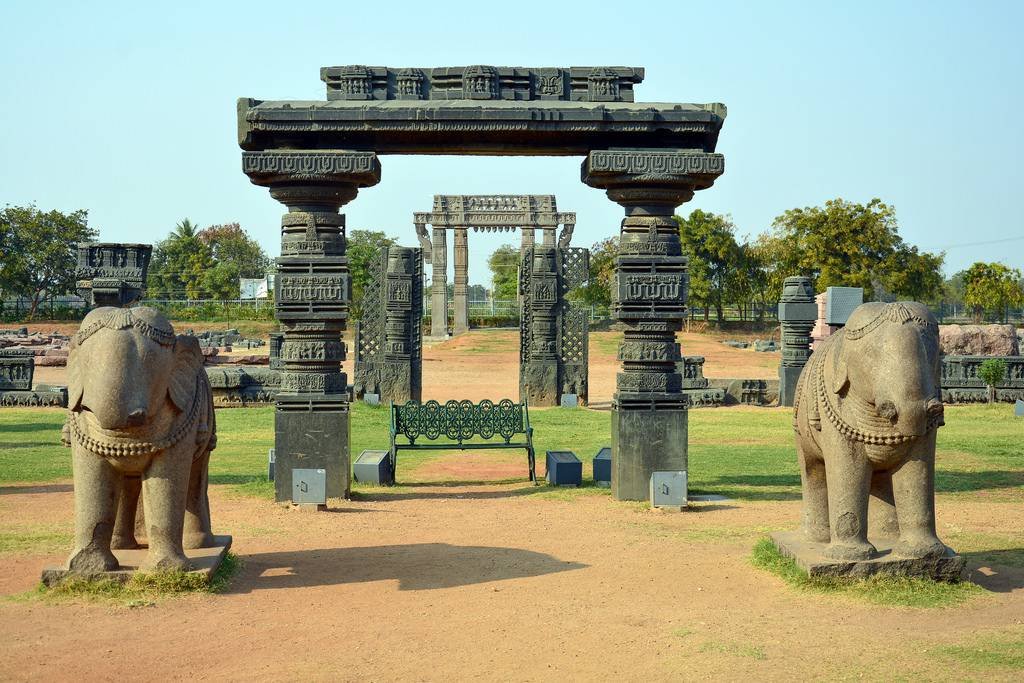
Warangal fort - know about the architectural and historical richness
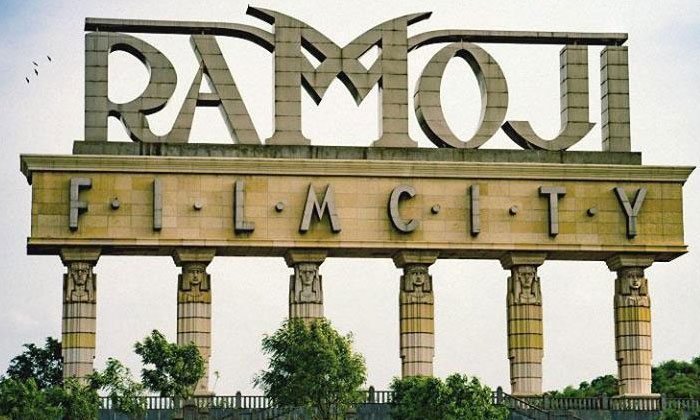
Ramoji Film City - things to know before visiting in 2022

Khammam Fort - a famous historical place to visit in 2022
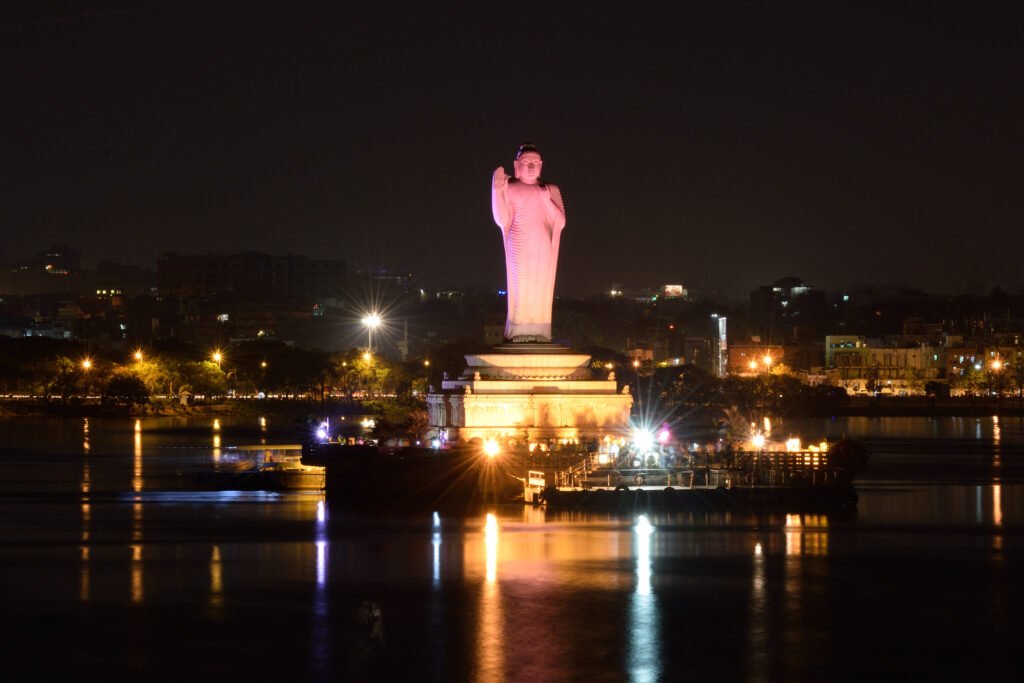
Hussain Sagar Lake - a popular place in Hyderabad to visit in 2022

best street food places in Hyderabad not to miss

10 best Shawarma places to try in Hyderabad in 2022
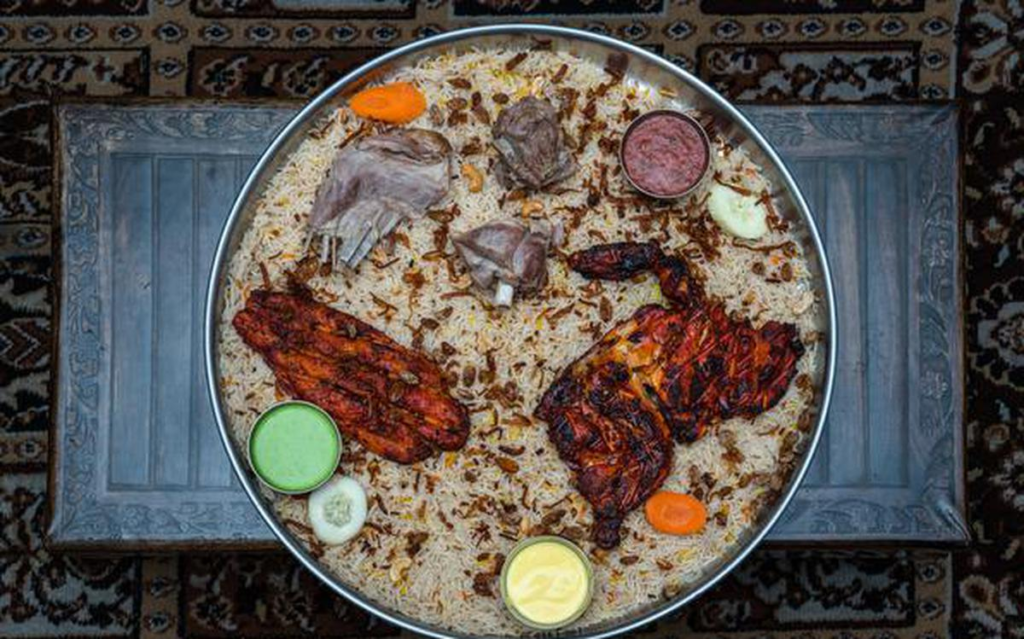
5 best places to have mandi in Hyderabad

